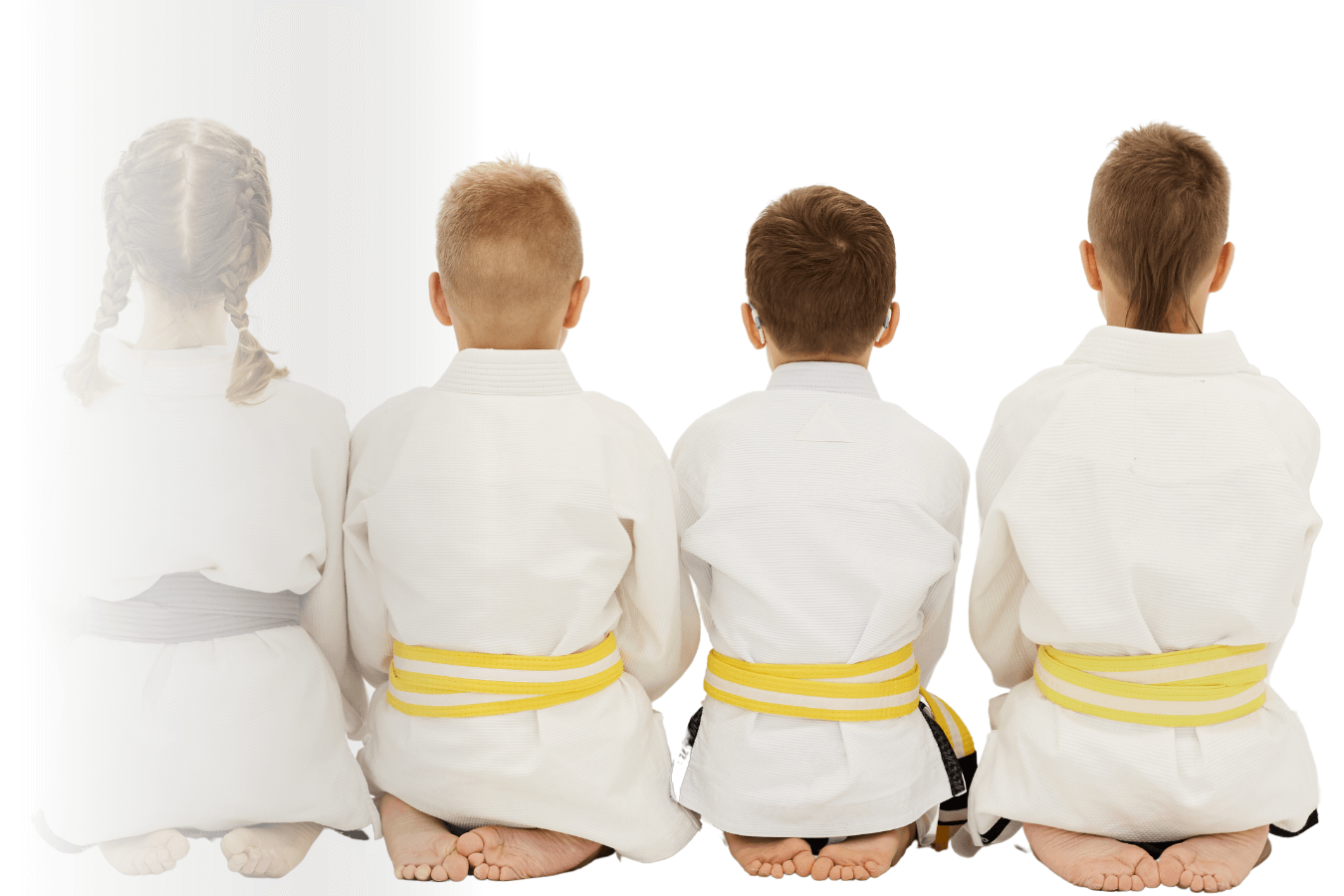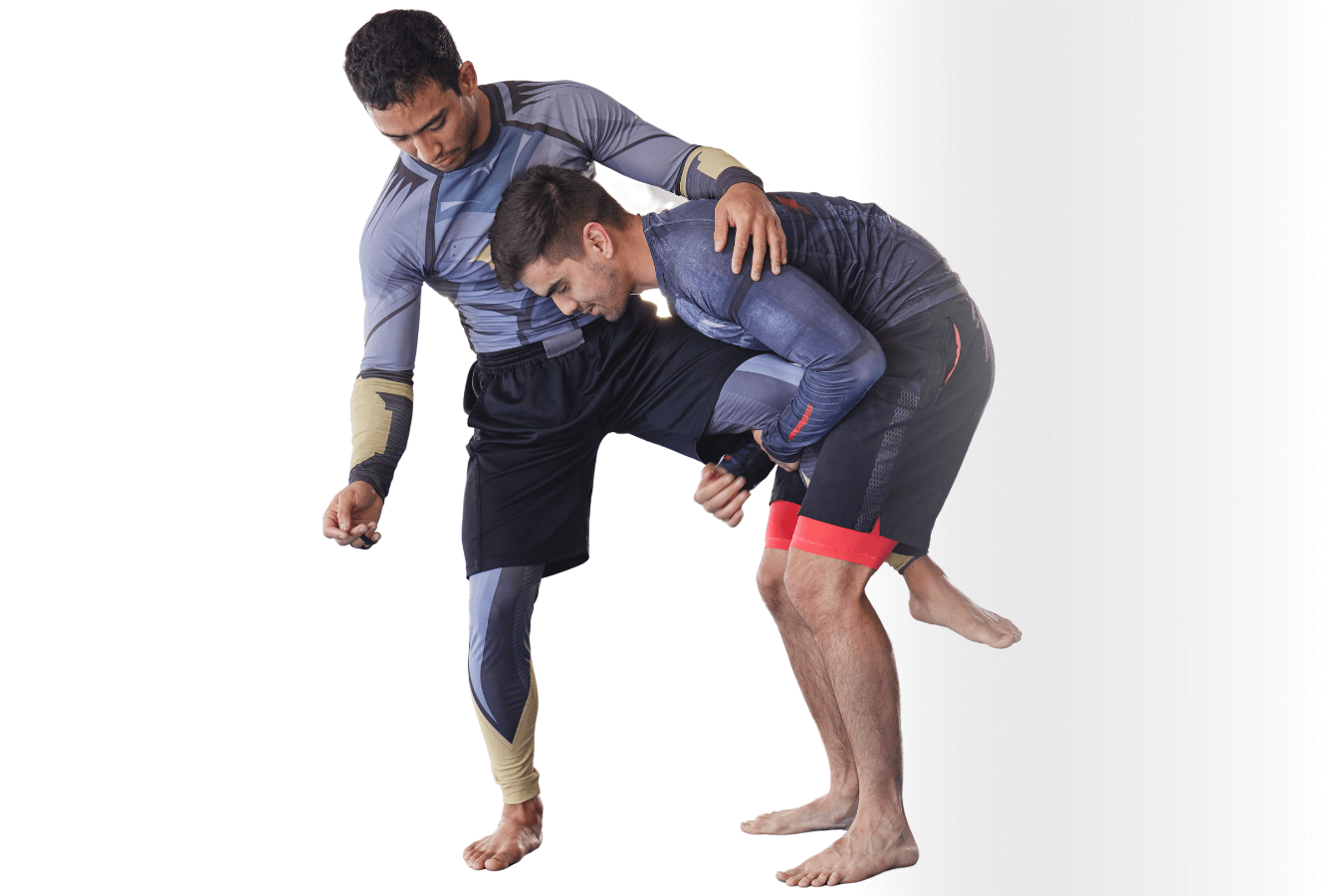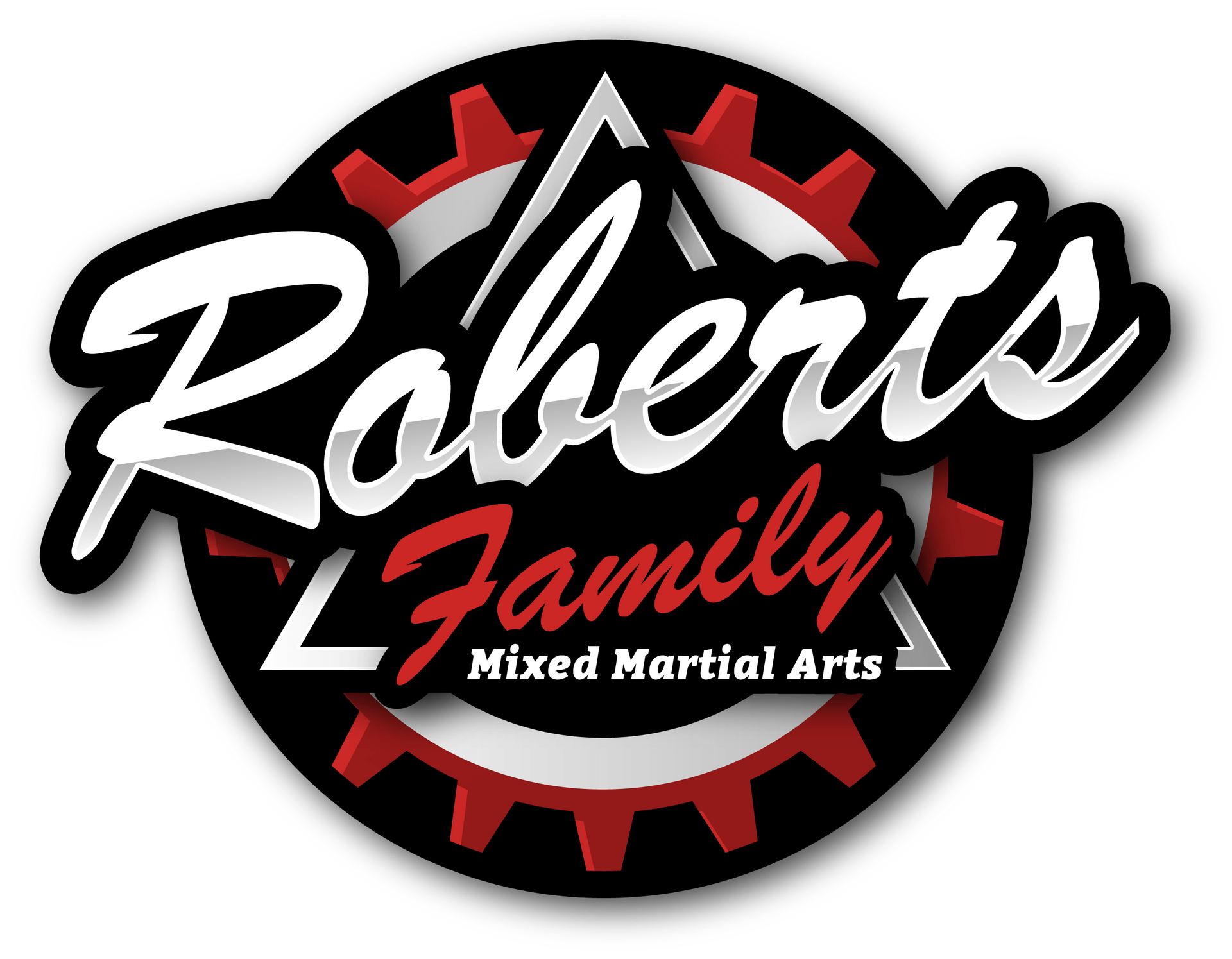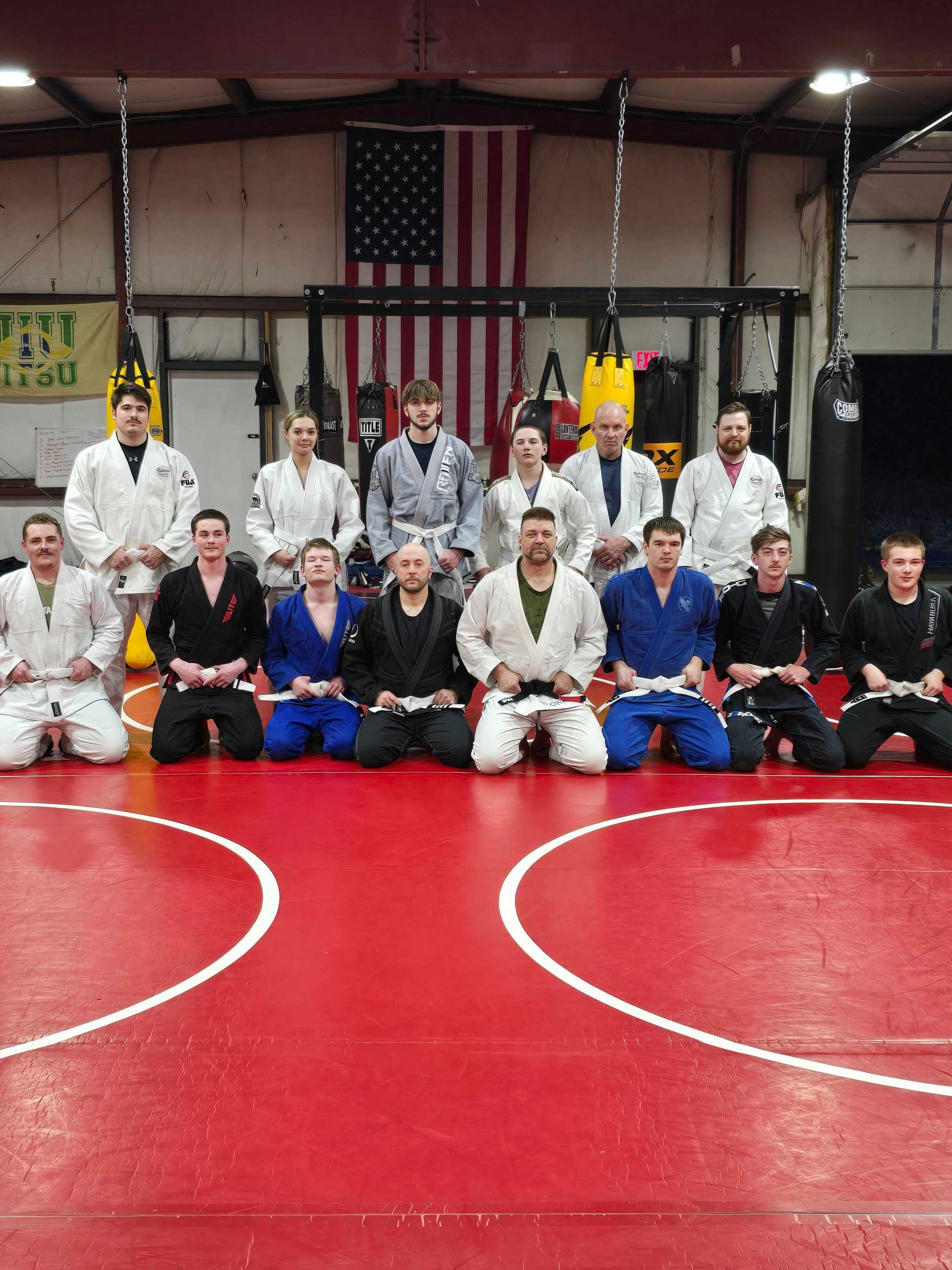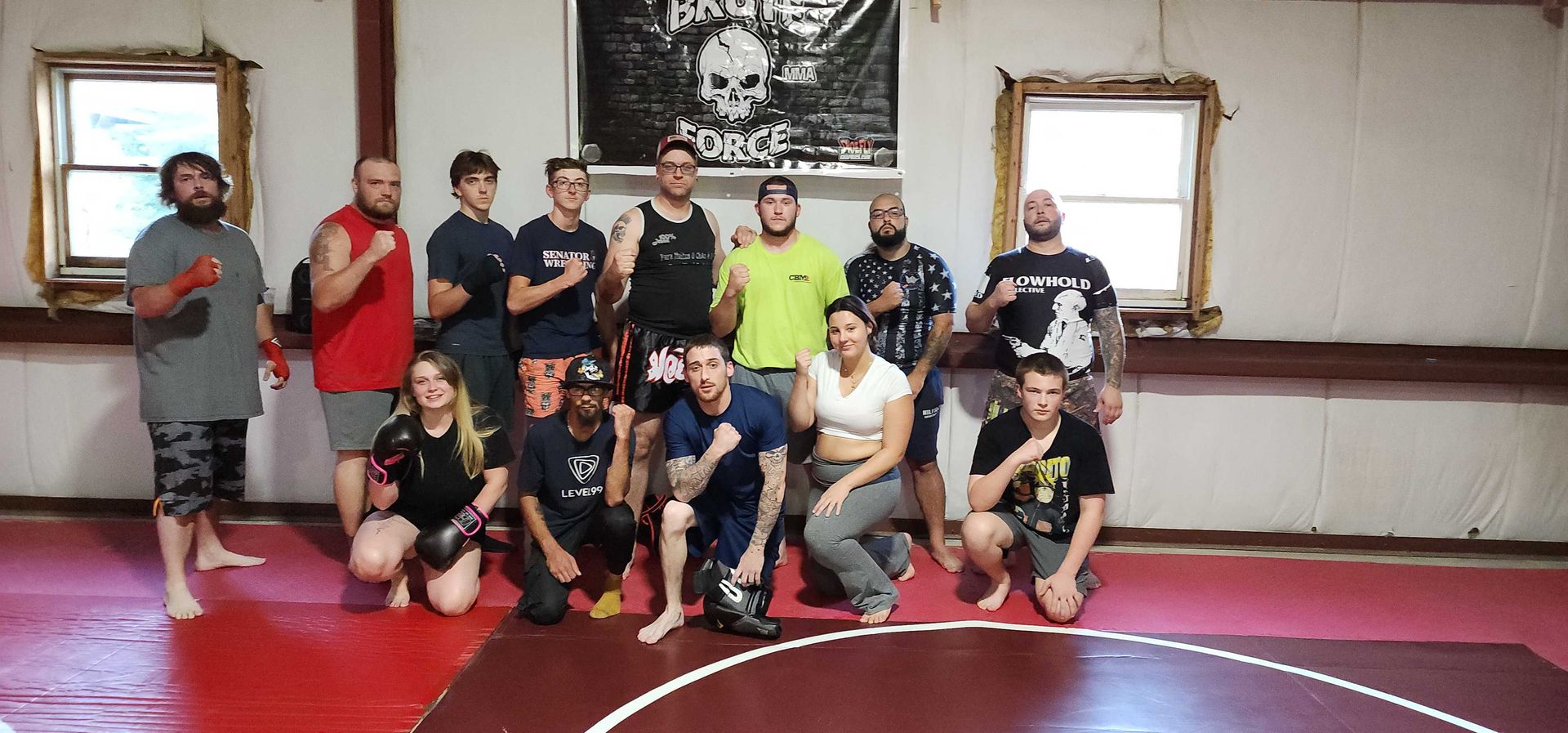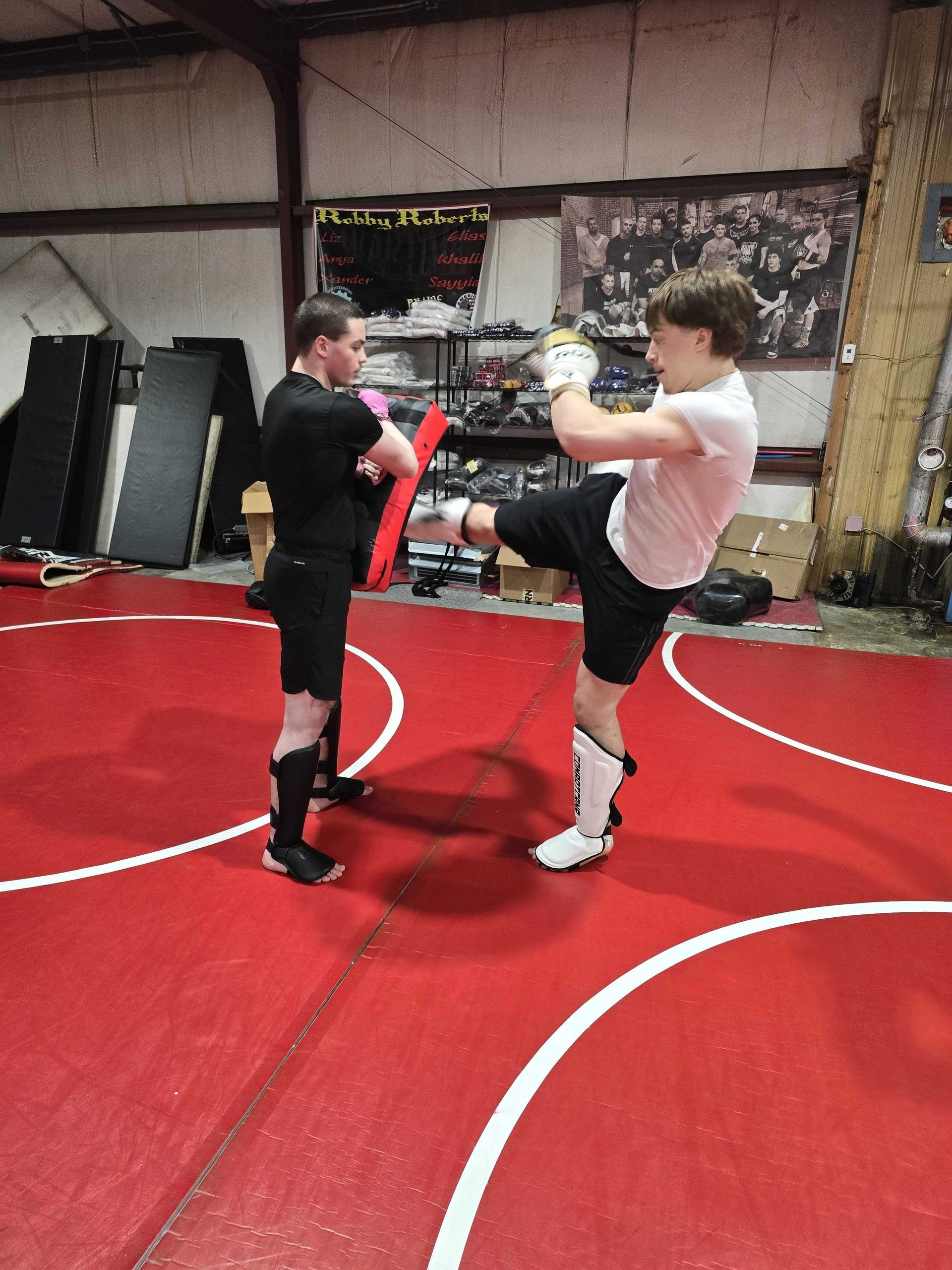Why Martial Arts is a Great Workout for All Fitness Levels
Martial arts are more than just a form of self-defense; they are a dynamic and inclusive workout that caters to all fitness levels.
Whether you are a beginner looking to get active or someone seeking a new way to challenge yourself, martial arts offer a holistic approach to fitness that combines physical, mental, and emotional benefits. At Robert’s Family School, martial arts are taught in a way that encourages participation from everyone, making it a great workout choice for people of all ages and abilities.
Understanding Martial Arts
Martial arts encompass a variety of disciplines that involve training the body and mind. Popular styles include Karate, Taekwondo, Judo, Brazilian Jiu-Jitsu, and Kung Fu, each with its unique techniques and philosophies. These practices have evolved from ancient combat traditions into modern sports and fitness activities that emphasize self-discipline, respect, and perseverance.
Martial Arts for Beginners
Starting martial arts might feel intimidating, but it’s accessible to everyone, regardless of your current fitness level. Beginners are often surprised at how adaptable martial arts can be. Classes are typically structured to allow newcomers to progress at their own pace, ensuring that no one feels left behind. Setting realistic goals, such as attending classes regularly and learning basic movements, can help ease the transition into this new fitness regimen.
Physical Benefits of Martial Arts
One of the greatest appeals of martial arts is the full-body workout it provides. Here are some of the physical benefits:
- Improving Flexibility and Balance: Martial arts involve a wide range of movements that stretch and strengthen your muscles, improving overall flexibility and balance.
- Cardiovascular Health: Many martial arts styles include high-intensity exercises that boost your heart rate, enhancing cardiovascular fitness and endurance.
- Building Strength: Techniques such as kicks, punches, and grappling help build muscle strength, particularly in the core, legs, and arms.
Mental and Emotional Benefits
Beyond physical fitness, martial arts also offer significant mental and emotional benefits:
- Boosting Confidence and Self-Discipline: Progressing through the ranks in martial arts can boost your confidence and instill a sense of accomplishment. It teaches patience, discipline, and the value of consistent effort.
- Stress Relief: The focus required in martial arts can serve as a form of meditation, helping you to clear your mind and reduce stress.
- Improving Focus and Mindfulness: Learning complex movements and practicing them repeatedly improves focus, concentration, and mindfulness, skills that can translate into other areas of life.
Adaptability for All Fitness Levels
Martial arts can be tailored to meet individual needs, making them ideal for people at any fitness level. Whether you are a child, adult, or senior, classes are designed to adapt to various abilities, ensuring that everyone can participate. The progression in martial arts is gradual, allowing you to develop skills at a pace that suits your body and fitness level.
Martial Arts as a Family Activity
Engaging in martial arts as a family can be an incredibly rewarding experience. It promotes healthy living, builds teamwork, and strengthens family bonds. Many martial arts schools, like Robert’s Family School, offer family classes where parents and children can train together, creating a supportive and fun environment.
Social Benefits
Martial arts training often takes place in a group setting, providing a sense of community and camaraderie. It’s a great way to meet like-minded individuals, learn respect for others, and form lasting friendships. The social aspect of martial arts can be particularly motivating, as the encouragement from peers can help keep you committed to your fitness journey.
Self-Defense Skills
One of the practical benefits of martial arts is learning self-defense. This aspect empowers individuals by teaching them how to protect themselves in real-life situations. Knowing that you can defend yourself can significantly boost your confidence and provide peace of mind.
Structured Learning Environment
Martial arts classes are typically led by experienced instructors who create a structured and respectful learning environment. This structure helps students stay disciplined and focused, allowing for a safe and controlled practice space.
Overcoming Common Barriers
Many people hesitate to try martial arts because they feel they are not fit enough or are too old. However, these barriers are largely misconceptions. Martial arts are highly adaptable, and you do not need to be in shape to start. Instead, martial arts can be the pathway that helps you get in shape. Additionally, many schools offer flexible payment options, making martial arts accessible to everyone.
Martial Arts for Weight Management
Engaging in martial arts can be an effective way to manage your weight. The high-intensity nature of martial arts classes helps burn calories, making it a great workout for those looking to lose weight or maintain a healthy weight. Combined with a balanced diet, martial arts can contribute significantly to your fitness goals.
Tips for Getting Started
To get started in martial arts, consider the following tips:
- Choosing the Right Style: Research different martial arts styles to find one that matches your interests and fitness goals.
- Finding a Local School: Look for schools in your area, like Robert’s Family School, that offer beginner-friendly classes and encourage a supportive learning environment.
- Preparing for Your First Class: Wear comfortable workout clothes, bring water, and have an open mind. Remember, everyone was a beginner at some point!
Frequently Asked Questions (FAQs)
What age should you start martial arts? Martial arts can be started at almost any age. Many schools offer classes for children as young as four years old, while adults can start at any time.
Do you need to be in shape to begin martial arts? No, you do not need to be in shape to start martial arts. Classes are designed to improve your fitness gradually, regardless of your starting point.
How often should you train for optimal results? Training frequency depends on your goals and availability. However, most schools recommend attending classes at least two to three times per week.
What should you wear to a martial arts class? Comfortable athletic clothing is suitable for beginners. Once you’ve committed to a style, you may need to purchase a uniform specific to that martial art.
Are martial arts classes safe for kids? Yes, martial arts classes are generally safe for kids. Especially when they are taught in a controlled environment with a focus on safety, respect, and discipline.
How do martial arts compare to other forms of exercise? Martial arts provide a unique combination of physical, mental, and social benefits that many other forms of exercise do not offer. They are particularly effective in building self-discipline, confidence, and practical self-defense skills.
Final Thoughts
Martial arts are a versatile and inclusive workout option that offers numerous benefits for people of all fitness levels. Whether you are looking to get fit,
learn self-defense, or find a new family activity, martial arts provide a holistic approach to health and wellness. At Robert’s Family School, we encourage everyone to try martial arts and discover the many ways it can enhance your life. So why wait? Step onto the mat and begin your journey today!
ACCESS OUR SCHEDULE
& EXCLUSIVE WEB SPECIAL
Secure your spot and get started today with our EXCLUSIVE offer!
